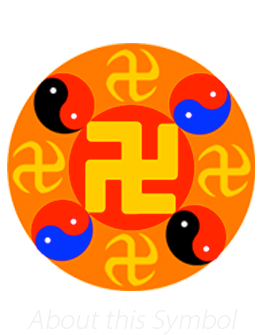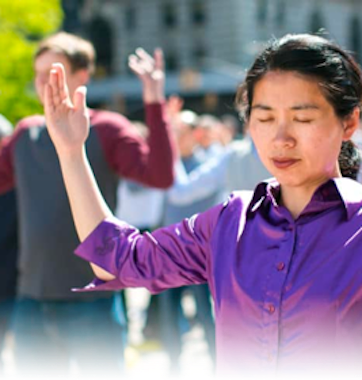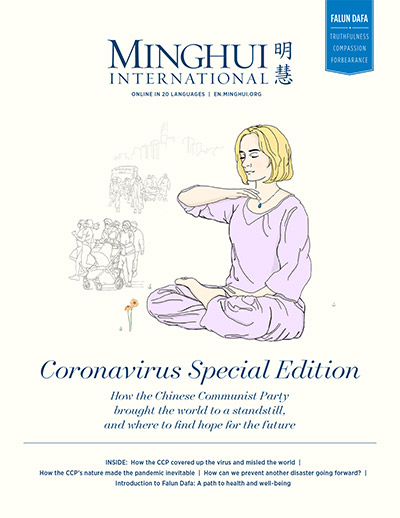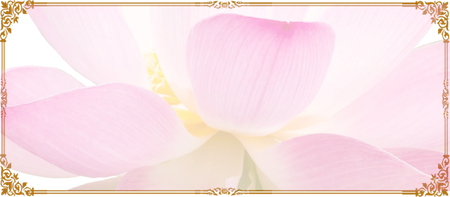(Minghui.org) During the millennia of mankind’s existence, there have been numerous documented stories about people levitating or ascending into the skies in broad daylight in both China and the West. They range from Chinese Taoists and Indian yoga masters to flying priests in the Western world. The following are some examples of these miraculous phenomena.
(Continued from Part 1)
The Yellow Emperor
According to Shi Ji (Records of the Grand Historian), “The Yellow Emperor took copper from Shou Mount and used it to cast ding [cauldrons] near Mount Jing. After the cauldrons were completed, a dragon came and “lowered its beard” to welcome the Yellow Emperor. After the Yellow Emperor and the dragon had a friendly chat, he and over 70 others, including officials and his harem, climbed up on the dragon, which then left. Other, lower officials that hadn’t managed to get on the dragon kept holding onto the dragon’s beard and ripped it out. Seeing the Yellow Emperor leaving on the dragon, people cried as they held the bow the emperor had left and the hair from the dragon’s beard. In today’s Henan Province, that place was later given the name Lake of Ding, and the bow was called Wu Hao.”
Shi Ji was one of the most trusted historical records in history. Its author, Sima Qian, collected a great deal of evidence and compared it with ancient records. He excluded incidents that he was unable to confirm. One example was Li Pu Die (Record Across Years), which Sima left out due to its many inconsistencies. Nonetheless, he did write a description of the Yellow Emperor levitating as above, which supports the credibility of the incident.
Zhang Zhihe
Most of China’s official historical records focused on propriety and morality and did not often mention cultivation or the ability to levitate. But in Taiping Guangji from the Song Dynasty there are accounts of Zhang Zhihe, Yan Zhenqing, and others levitating.
Zhang was a poet from Huiji Mount (in today’s Zhejiang Province) during the Tang Dynasty. He passed the imperial exams and was very talented. Besides writing poetry, Zhang was well known for his calligraphy and drawing skills. He cultivated Taoism and “did not feel cold even sleeping in the snow and did not get wet when he was immersed water.” He traveled to many places to see mountains and rivers and had little interest in fame.
Zhang was also a good friend of renowned scholar Yan Zhenqing. When Yan was governor of Huzhou (in today’s Zhejiang Province), he invited scholars to drink together and write poems. Zhang wrote the first one:
Fisherman
In front of Mount Xisai, egrets are skimmingover a river with peach trees blossoming and mandarin fish swimming;In a blue hat of bamboo and a green coat of straw,he stands in the slanting wind and light rain, unwilling to withdraw.
Yan and other scholars, including Lu Hongjian, Xu Shiheng, and Li Chengju, wrote 25 poems at the gathering. They shared their joy and had a good time. Zhang asked for ink and white silk to draw pictures for the poem “Jing Tian.” In a short time, he skillfully drew five pictures that included flowers, birds, fish, insects, mountains, and rivers. Yan and the others liked them very much.
Later on, Yan traveled east to visit Pingwang Yi. After Zhang drank a lot of wine, he played a game in the water. He placed a small, thin bamboo mat on the water and sat on it, drinking and singing. The bamboo mat did not sink. It moved back and forth freely like a boat, sometimes slowly and sometimes fast. Cranes then came and hovered above him, which amazed Yan and the others. After a while, Zhang waved to thank Yan and then left by levitating.
Yan Zhenqing
After Taoists reach consummation, they leave the earth by ascension or by shijie (corpse liberation).
Yan was well-known for his upright character and calligraphy. His writing was described as “upright not rigid, serious not difficult, generous and profound, majestic and elegant,” “connecting with ancient meaning and embedding skills in plainness.” For example, he wrote “Duobao Pagoda Monument” in his early years and “Monument to Praise Portrait of Dongfang Shuo” in his middle years. “Magu Immortal Altar Story” and “Yan Qinli Monument” were considered among the best examples of calligraphy in Chinese history.
Yan’s calligraphy also testified to his noble character and cultivation. According to Taiping Guangji, Yan was framed by a high official and killed by the rebel army. But Yan did not yield and died with dignity. Before being hanged, he said, “I cultivate Taoism and hope to preserve my body.” The rebelling soldiers buried him after he died. When his family later retrieved his body and put it in a coffin, they saw it was pristine, almost like he was still alive. As they carried the coffin away, they noticed that it started to feel lighter and lighter. When they arrived at the burial plot, they opened the coffin and found it was empty. In Taiping Guangji it says that over ten years after Yan died, a family servant traveled to another town and saw Yan.
This is a story of shijie (corpse liberation). That is, before one achieves consummation in Taoism, he transforms an object (such as a bamboo stick or a shoe) to look like his corpse, while his true self lives in the world and finishes things up before leaving the earth to go to a divine world.
(To be continued-See Part 3)
Copyright © 2023 Minghui.org. All rights reserved.
Category: Traditional Culture









